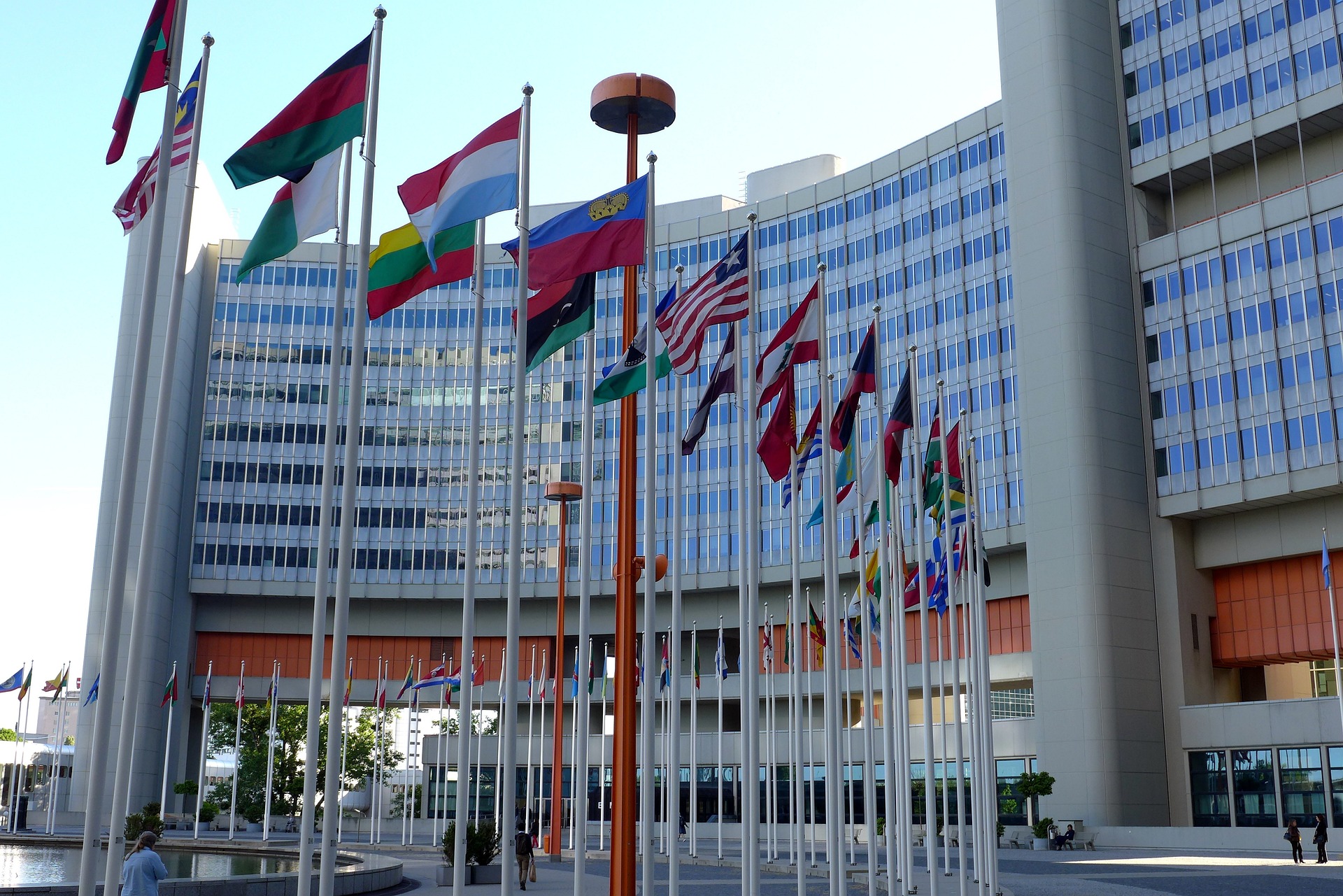In multinational diplomacy, players come from diverse cultures and speak different languages. This raises challenges when cross-cultural translations are needed, even for experts like the Trusted Translations team.
Despite a strong command of both languages, a translator may be unfamiliar with the topic being presented. And when a day’s jobs can range from global warming to sports doping or free trade, diplomatic translators must be well informed and fast at checking their data sources. However, experienced translators know that cultural nuances enhance mutual understanding, despite textual differences. And in their absence, the outcomes may be catastrophic.
Translation Tragedy
Perhaps the most disastrous mistranslation ever made was the statement responding to the Potsdam Proclamation (1945), demanding Japan’s surrender. At the press conference, Prime Minister Suzuki said, “We must mokusatsu it.”
Rather than the blandness of the intended ‘no comment,’ this was translated into English as a provocative ‘treat with silent contempt’ or ‘ignore.’ Seen as defying the Allied forces’ surrender ultimatum, this single mistranslated word paved the way for the destruction of Hiroshima.
Cultural Comprehension Underpins Diplomacy
The usage of idioms, proverbs, and certain culturally distinctive terms makes it even trickier to translate between cultures. An ability to meld disparate elements through a firm grasp of the original text’s culture is essential for accurate translations.
Furthermore, translation quality improves as translators become more aware of differences in societies and learn how to respect these variations. Understanding other cultures may be simpler in bilateral (rather than multilateral) diplomacy, when diplomats, interpreters, and translators can communicate with a single country relatively easily. But navigating the treacherous linguistic crosscurrents of multilateral discussions, events, and organizations requires a more sensitive touch.
Economic Clout and Cultural Hegemony
Because so many different cultures are at play in the world of diplomacy, the culture of the strongest nation typically prevails, particularly when it has a powerful economy. This implies that any analysis of multilateral interactions will always be culturally biased. Consequently, interpretations grounded on one culture may clash with a construal shaped by other worldviews, particularly in multi-ethnic and multilingual countries.
There are two sides to this cultural coin:
- Downside: One culture may try to impose its views and morals on peoples with other beliefs;
- Upside: This may be beneficial, when fairer societies hold stronger positions in multilateral settings.
English as the New Lingua Franca
The hegemony of the French language, traditionally the language of diplomacy, was first challenged by English in the wake of World War I, when the Treaty of Versailles (1919) was written in both languages. By the mid-20th century, English had firmed up its status as the world’s main language in many fields of human endeavor: business, science, popular culture, technology, aviation and—of course—international diplomacy.
Consequently, the documents used in global diplomacy are heavily influenced by English. Translators must thus deploy cultural filters to sift out variances in culture-conditioned stylistic conventions.
This may trigger conflicts between culture-specific and universal textual standards and conventions, with ‘universality’ actually meaning compliance with cultural and linguistic standards spread worldwide by the British, Spanish, Dutch, and Portuguese Empires.
A perfect example of this Eurocentrism is what some Spanish and Portuguese documents still call ‘El Descubrimiento’ or ‘O Descobrimento.’ Responding to a rising chorus of justified complaints from Indigenous peoples, this historical milestone is now reworded more diplomatically in many texts as ‘the arrival of European explorers in the New World.’ Smart translators know they must keep pace with social progress!
Looking at Europe Today
In the European Parliament (with 24 official languages), guidelines recommend neutral or gender-inclusive language. Nevertheless, if an author intentionally uses gender-specific terms, translators must render these texts faithfully and accurately in their target languages.
Various points of view exist on the issue of whether language is a component of cultures, with their comprehension rated as a crucial first step in resolving translation issues. Equal weight may be attributed to linguistic and cultural variations between source and target languages, when discussing translation issues. Indeed, cultural differences might raise greater challenges for translators than variations in linguistic structure.
Translators Bear Heavy Diplomatic Responsibilities
At the U.N., documentation is usually presented in one of its six official languages, and is translated concurrently into the others. National representatives can then explore the opinions of their counterparts, discussing and commenting on crucial matters like environmental protection, human rights, world trade, disarmament, justice, or public health.
As a result, accurate translations foster harmony among nations by streamlining communications and fostering cross-cultural understandings. The Trusted Translations team specializing in diplomatic translations is particularly adept at working in multilingual situations. Attuned to political, social, and economic developments in their homelands, their input goes far beyond mere words. In fact, their diplomatic expertise offers subtle advantages during international discussions.
Image by 995645 from Pixabay

